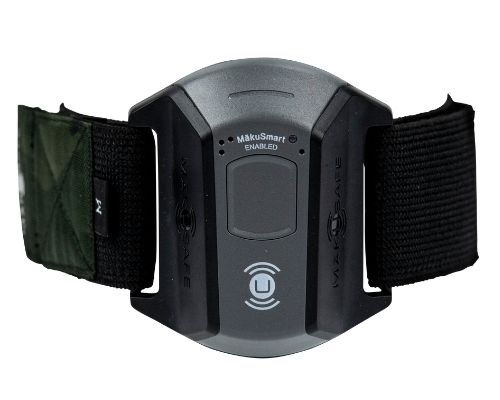
Conexus Indiana’s Emerging Tech Showcase event on Thursday, Feb. 25, explored one example of wearable technology and how it can strengthen existing risk management strategies and cultivate new ones in the workplace. These portable, smart, IoT devices worn by employees to collect environmental, health, and safety data have been at the forefront of conversation for many organizations, especially during the COVID-19 pandemic, as manufacturing and logistics companies investigated options for managing a safe work environment. The early adopters of wearables are finding broader potential for data analytics to improve worker health, safety and productivity.

Read on for three key takeaways.
Wearables and Worker Health: Wearables can give employers new and previously unavailable insights into safety and risk management. The constant stream of data from the devices allows companies to dive deep into specific job site incidents as well as compile aggregate data for analysis to identify new patterns and trends.
Wearables and Worker Safety: Wearables widen the scope of Industry 4.0, which can sometimes be heavily focused on automation, cloud computing, IoT and artificial intelligence. ‘The connected worker’ is a crucial yet overlooked part in our smart manufacturing future. Thousands of worker-related deaths occur every year in the U.S. and progress on safety has stagnated in the last few years. Wearables offer a new pathway to accelerate progress on job safety by getting in front of incidents before they happen, but the road to widespread adoption will not be straight forward.
Wearable Technology Adoption is a Team Effort: Rapid deployment and adoption of wearable technologies will require innovative leadership from several stakeholders: namely, the tech companies, insurers, and manufacturing and logistics companies. Worker safety, privacy and security must be central to the conversation and incentives for adoption must be aligned between the insured and insurer. Crucially, employers should look to create a strong company culture early-on in the adoption journey to increase likelihood of workforce buy-in. Worker privacy and data security should be a focus of any pilot project, with worker productivity and other insights into manufacturing processes as ancillary goals. Early adopters will also need to work closely with the tech companies to develop an approach for integration with existing IT and legacy systems. Industry 4.0 risk management strategies likely hinge on a company’s ability to aggregate big data, then analyze and visualize it for real-time prevention, compliance, and controls / risk assessments.
If you are thinking about adopting wearables in the workplace, we would love to hear from you. Stay in touch for our next Emerging Tech Showcase in early April.
View the event below:
